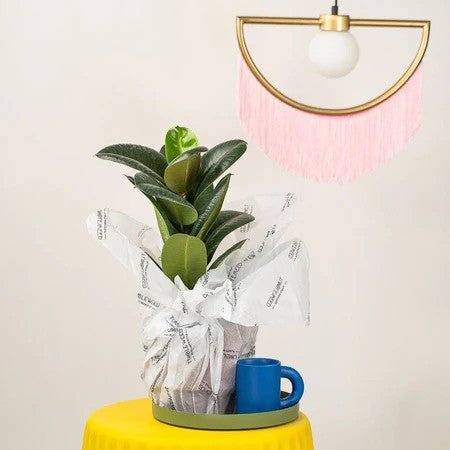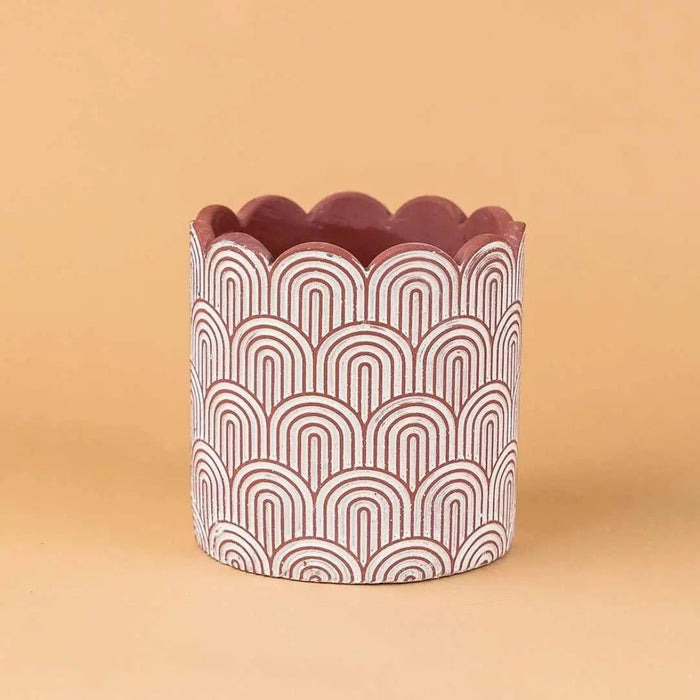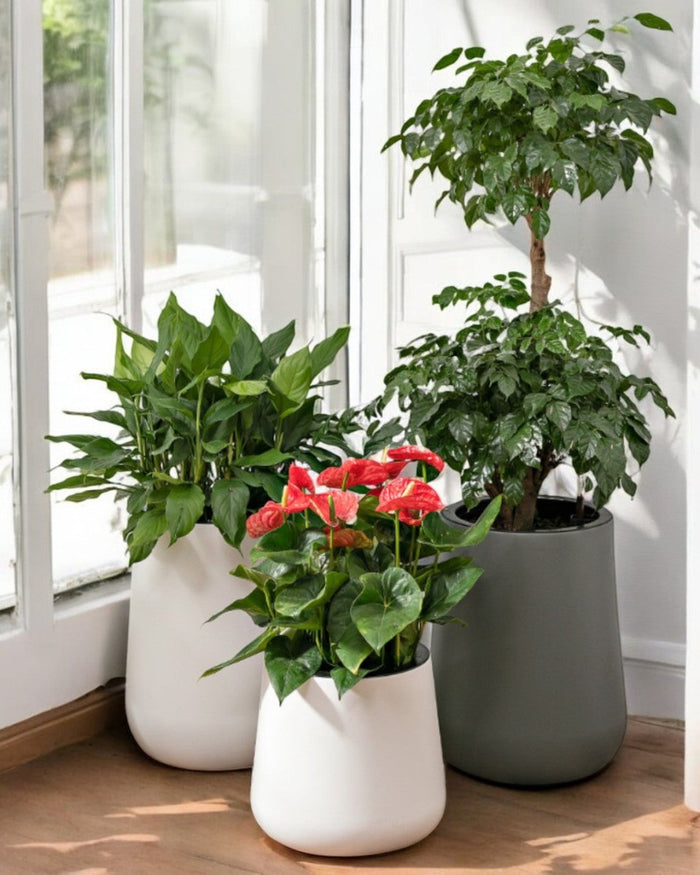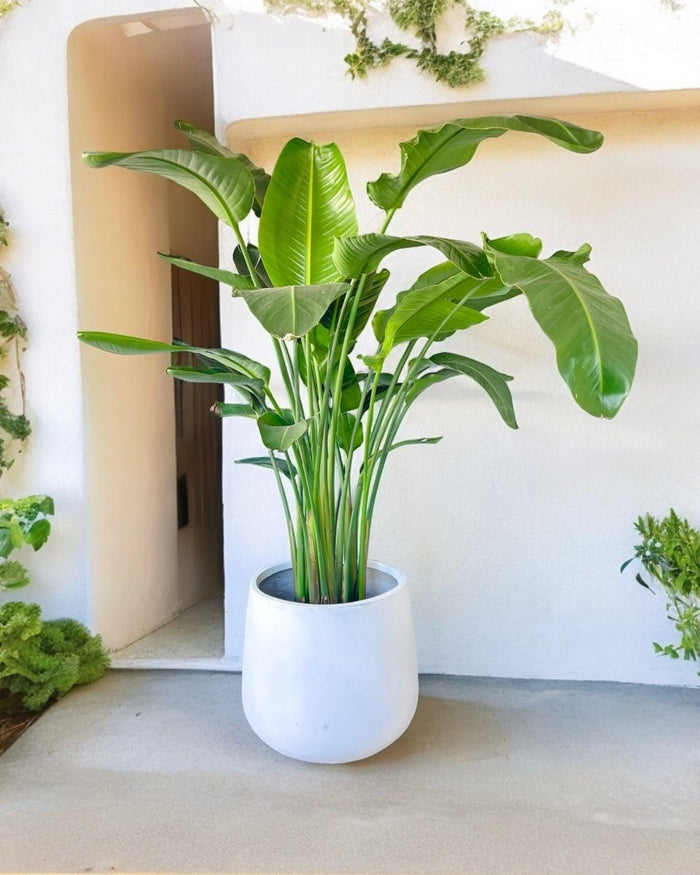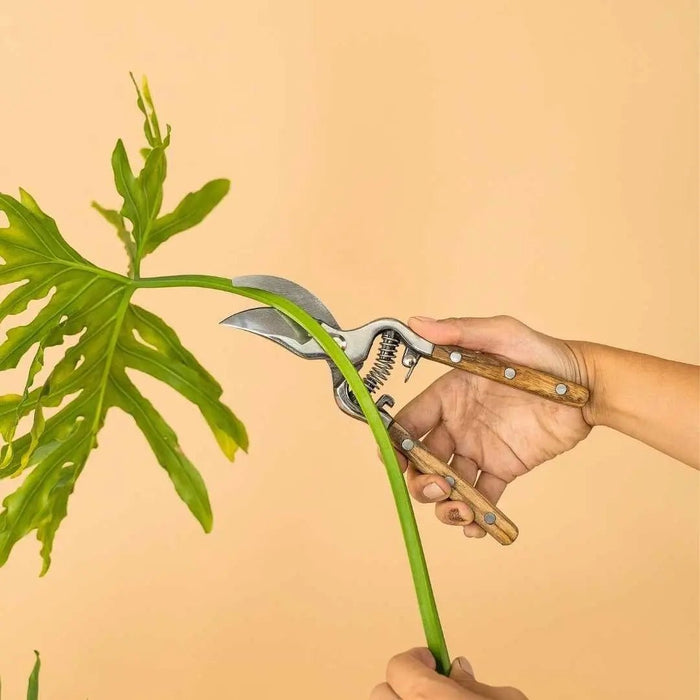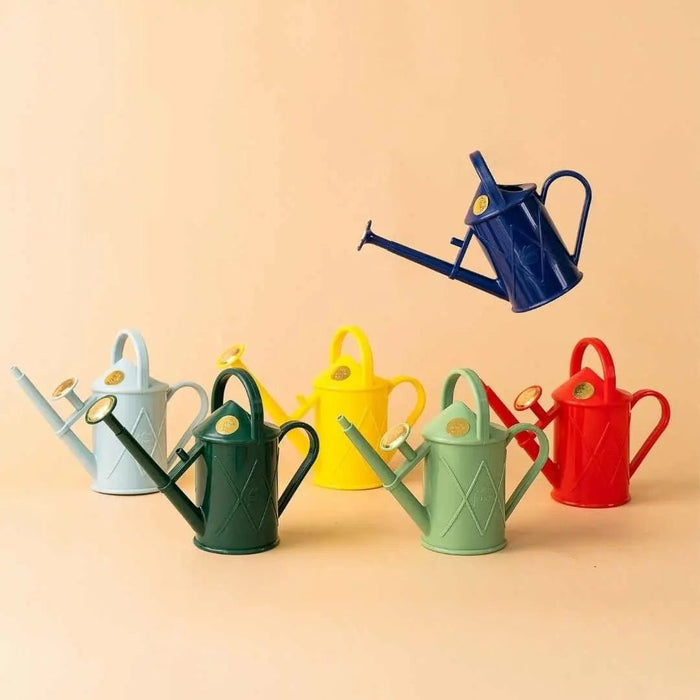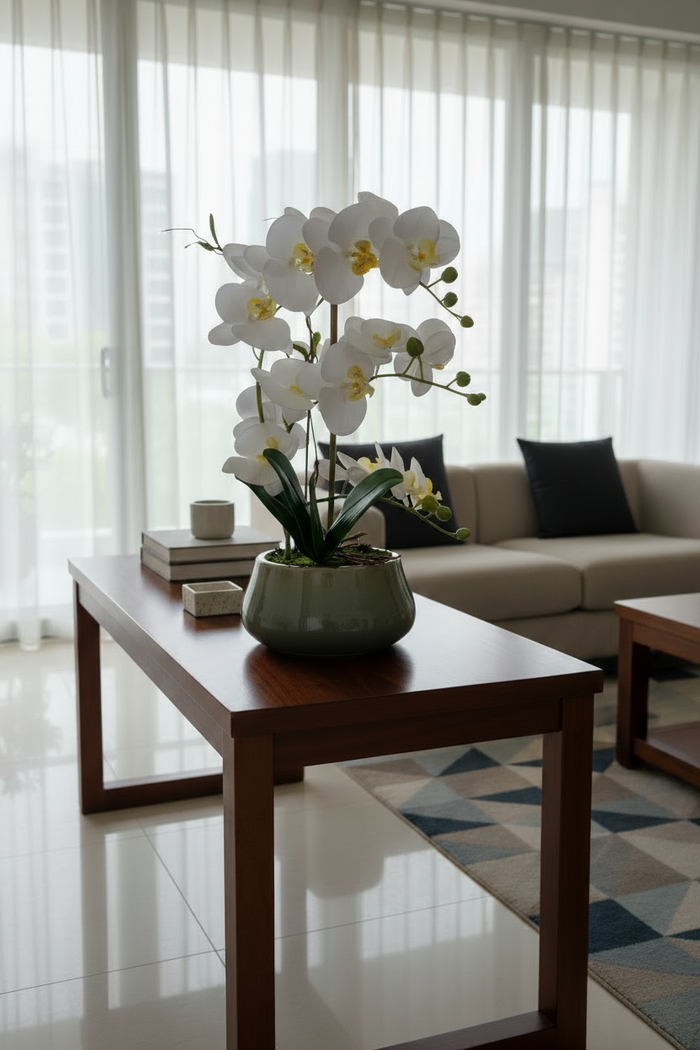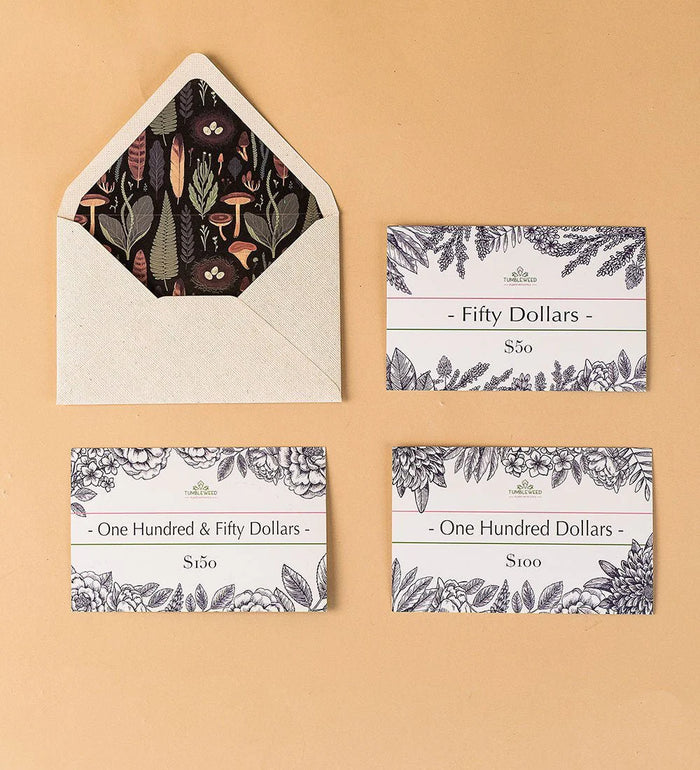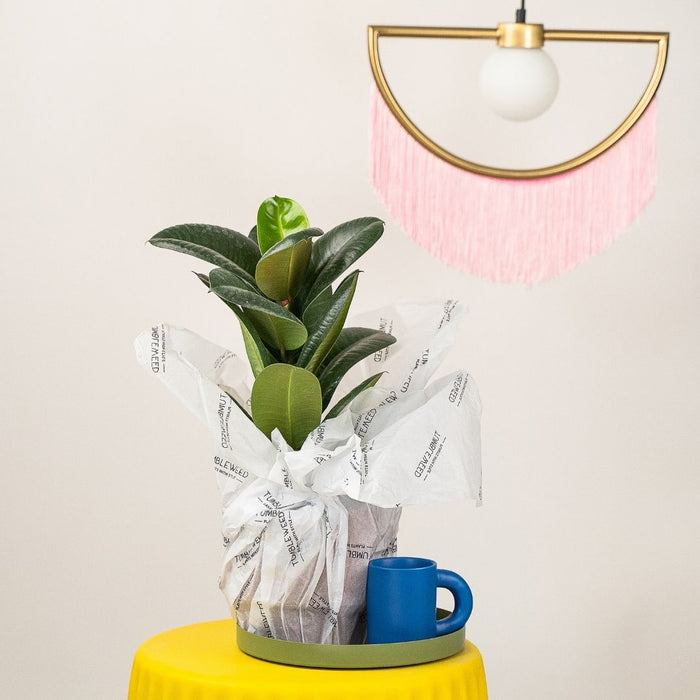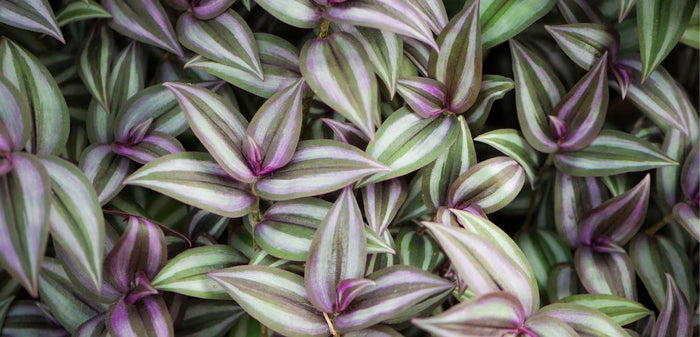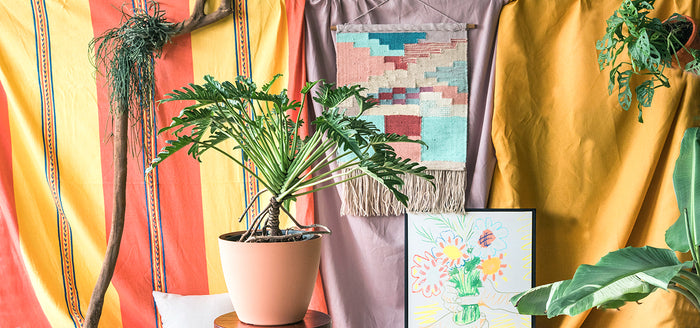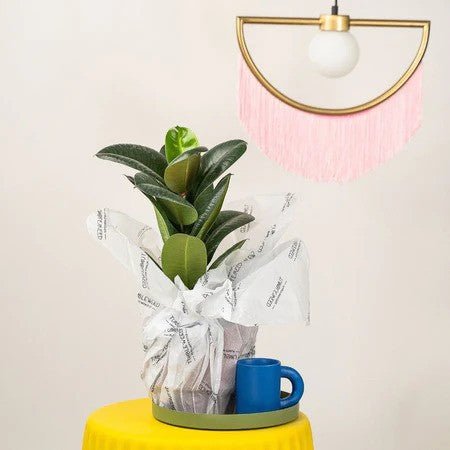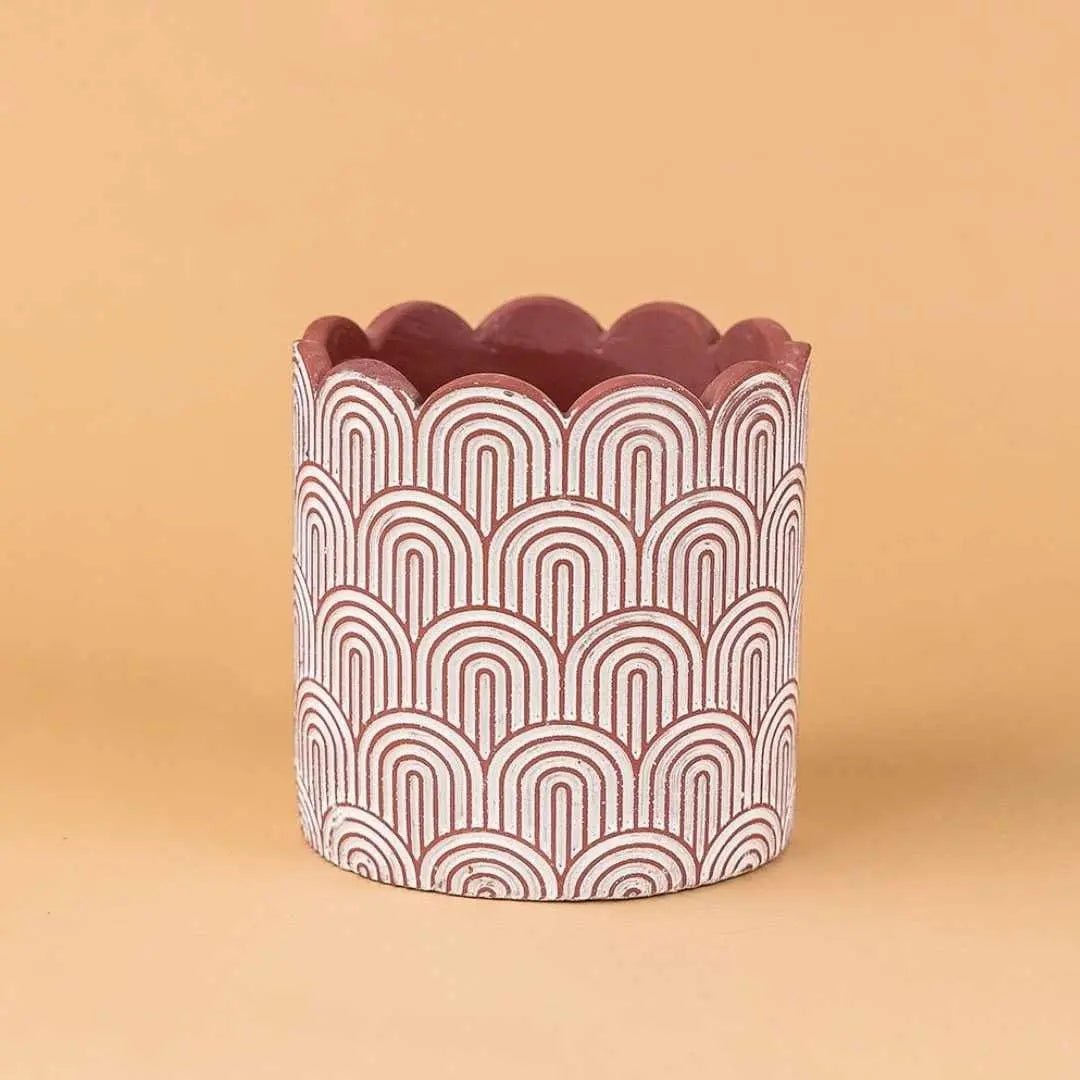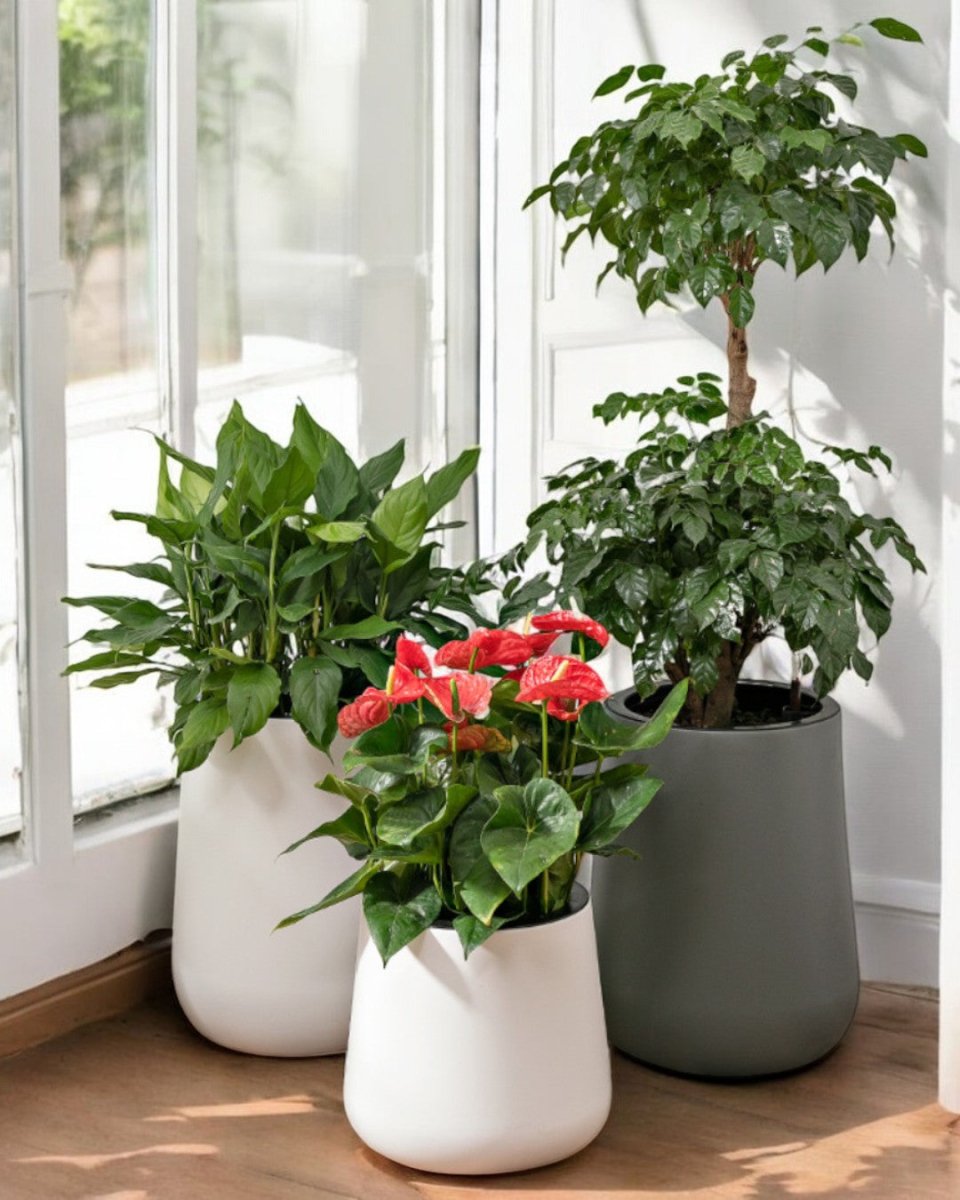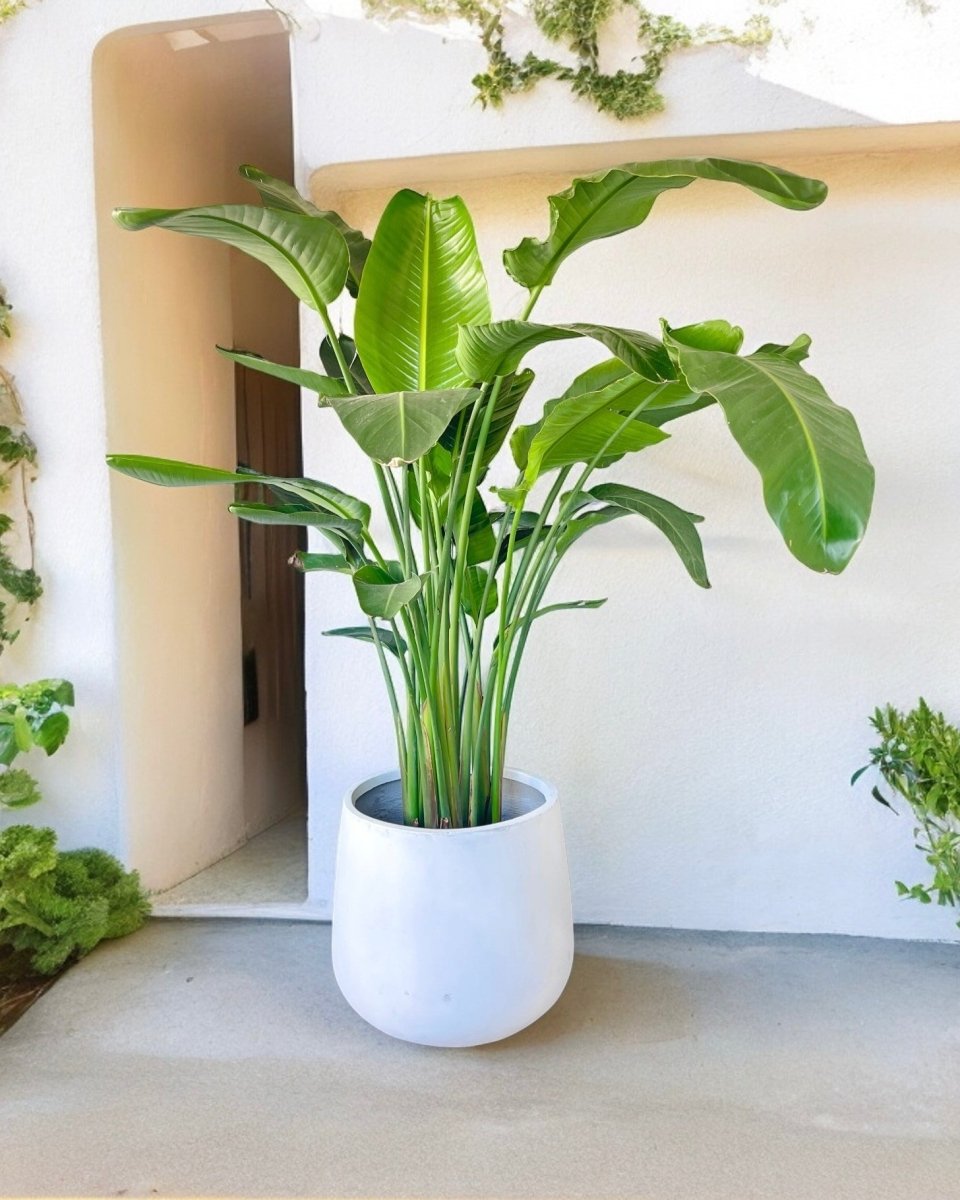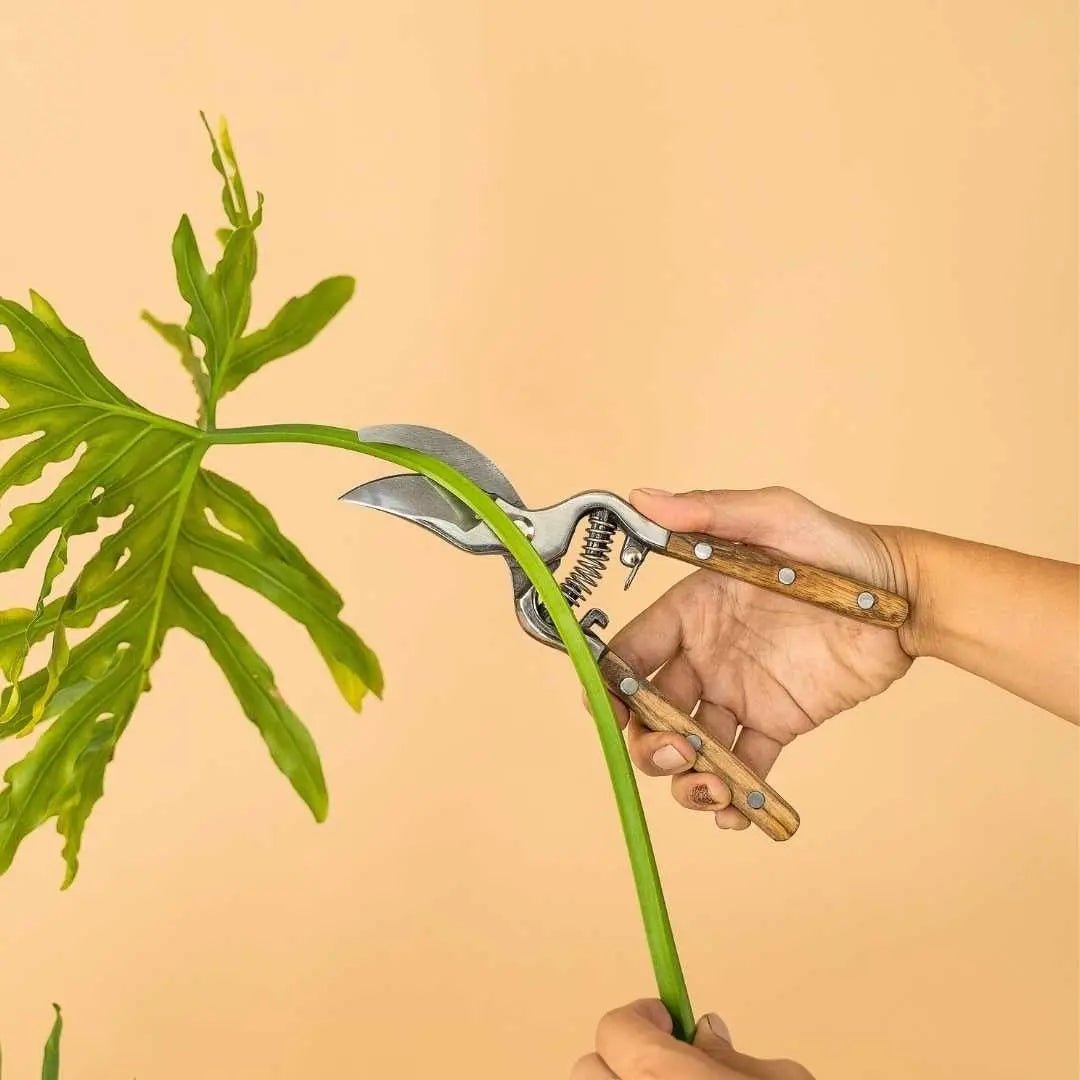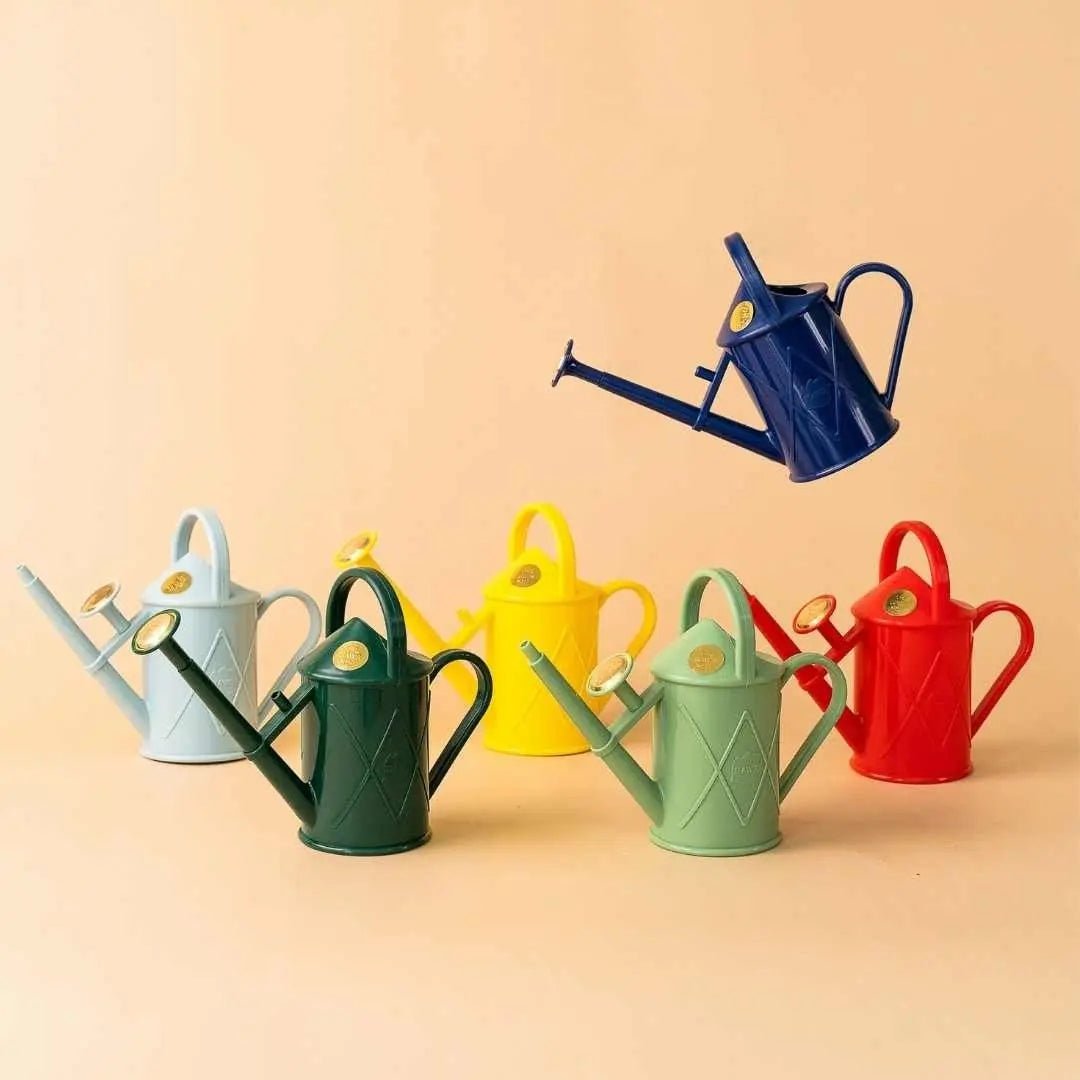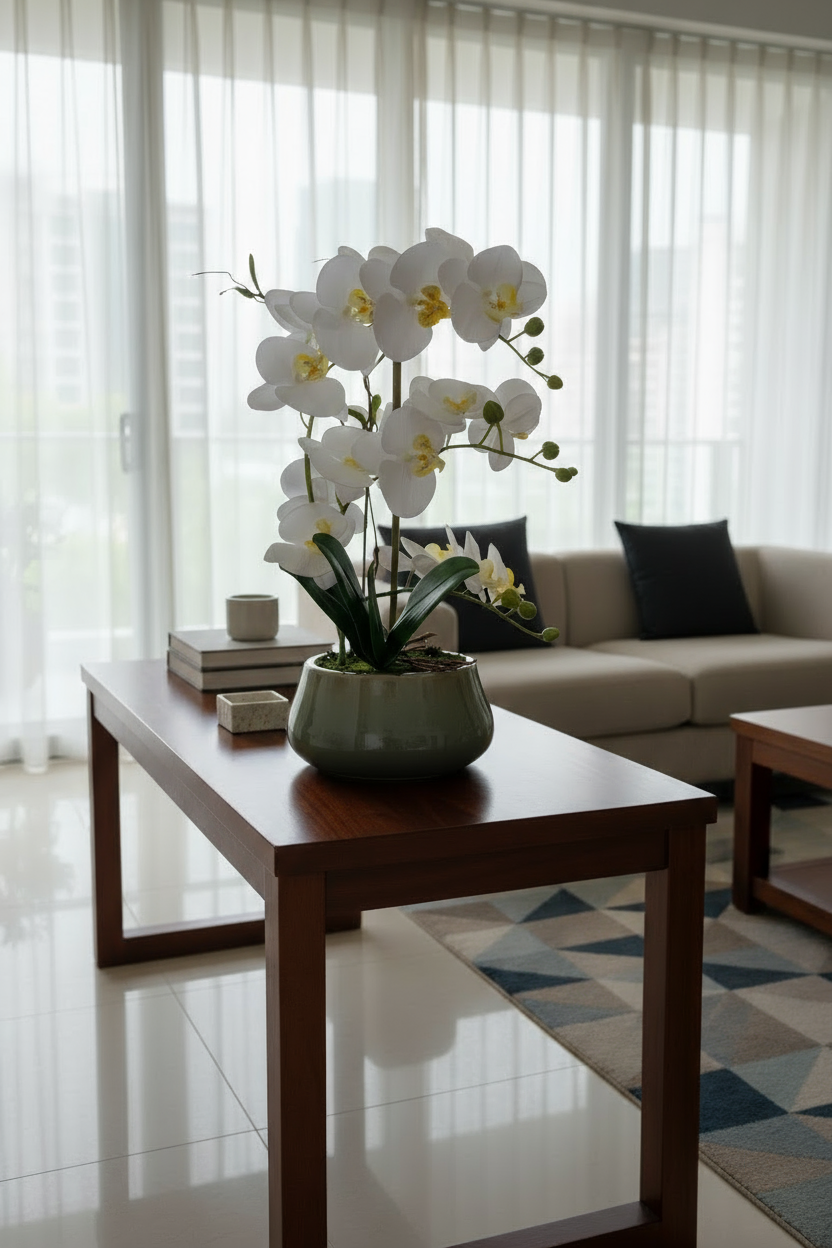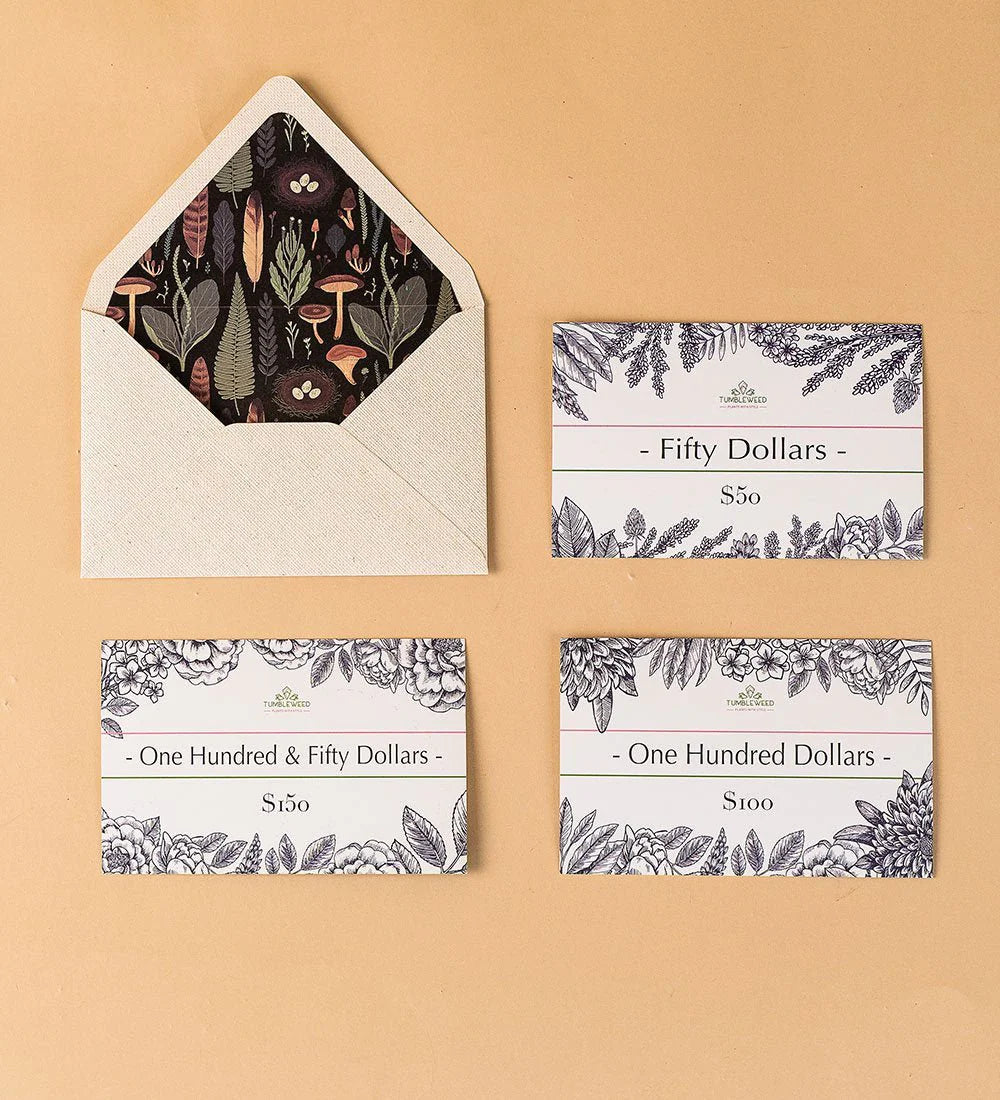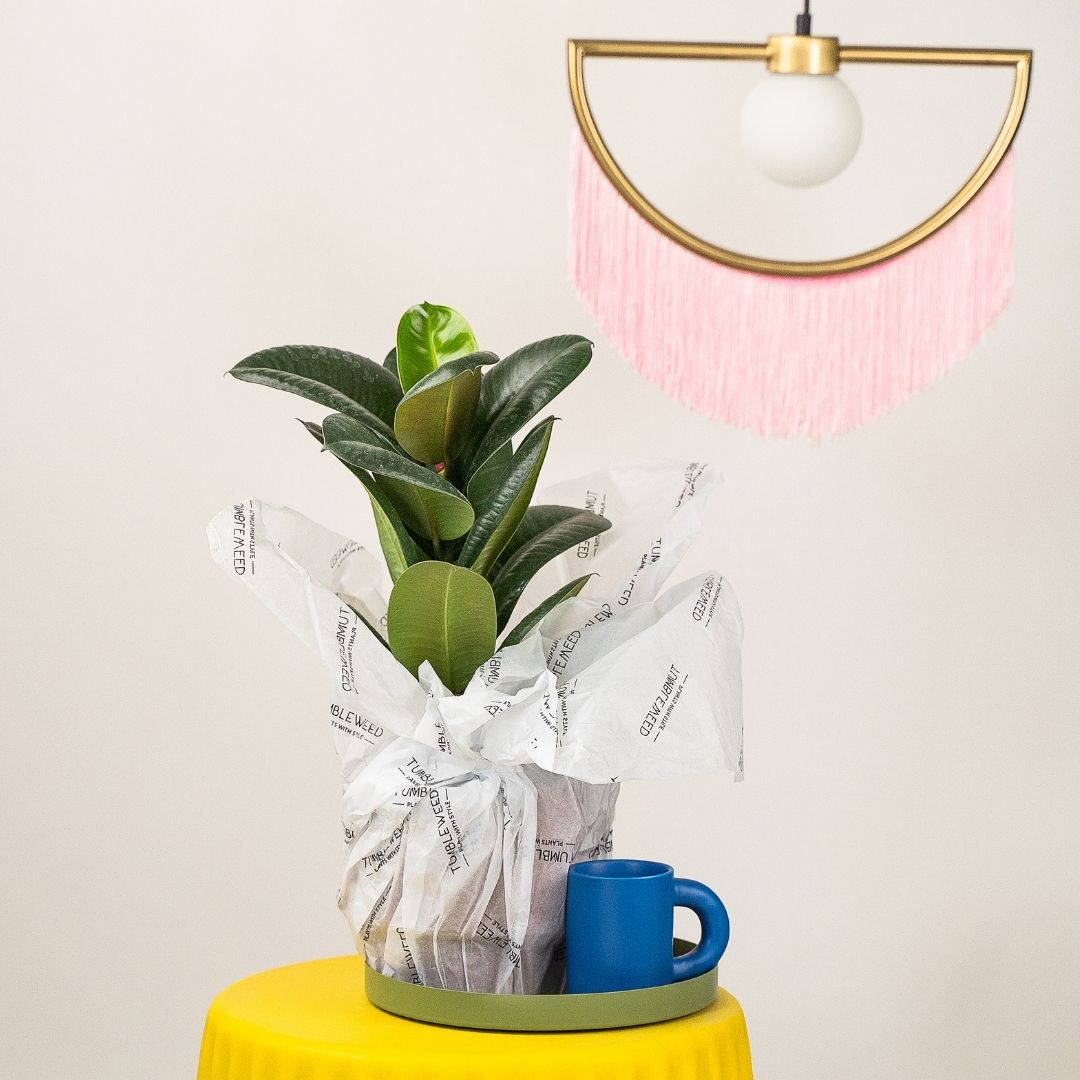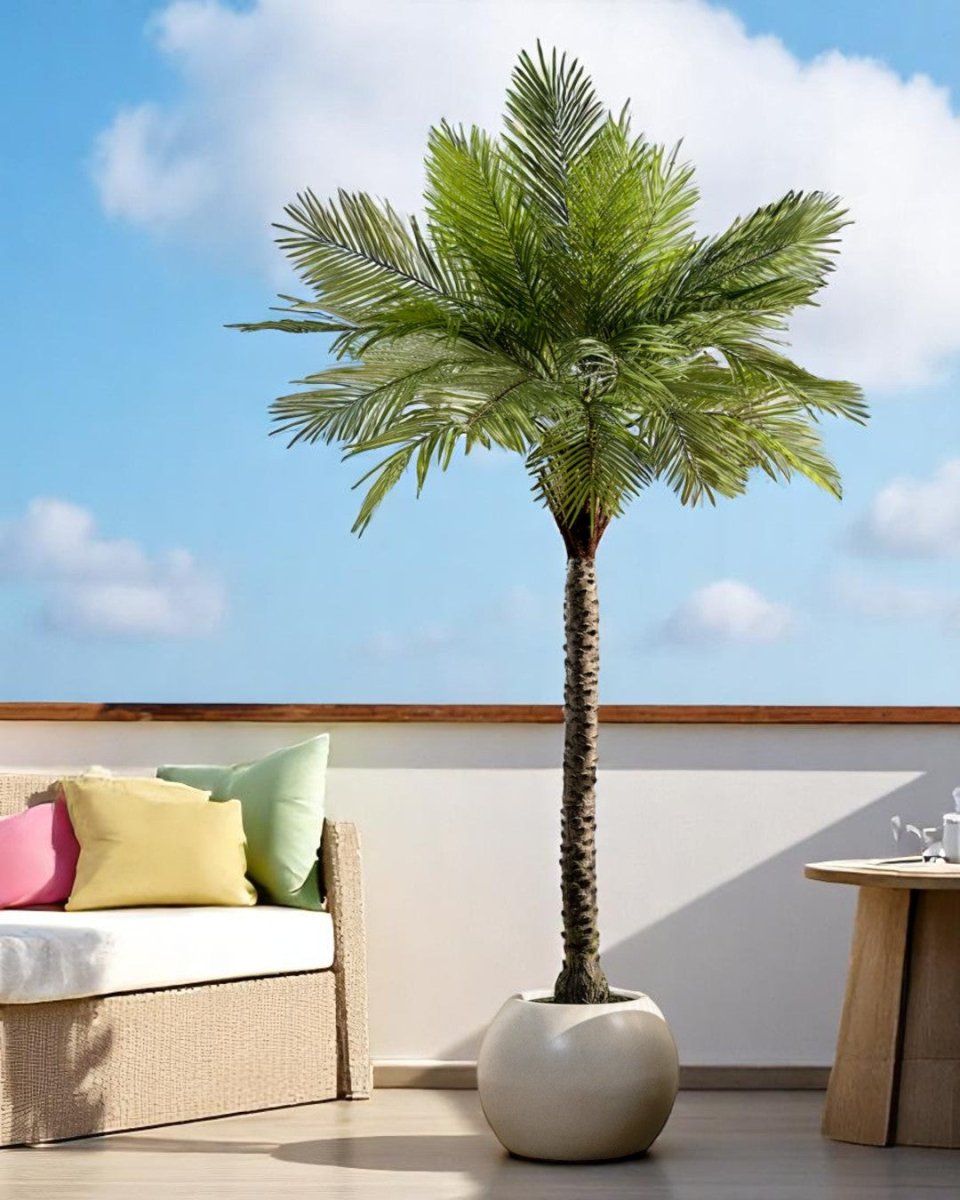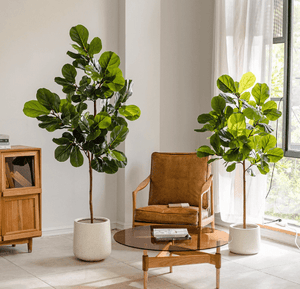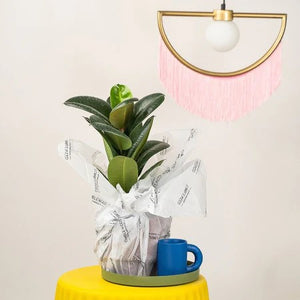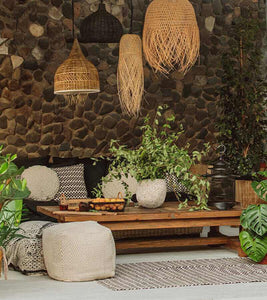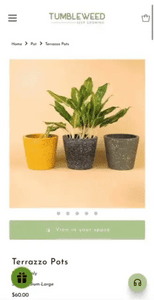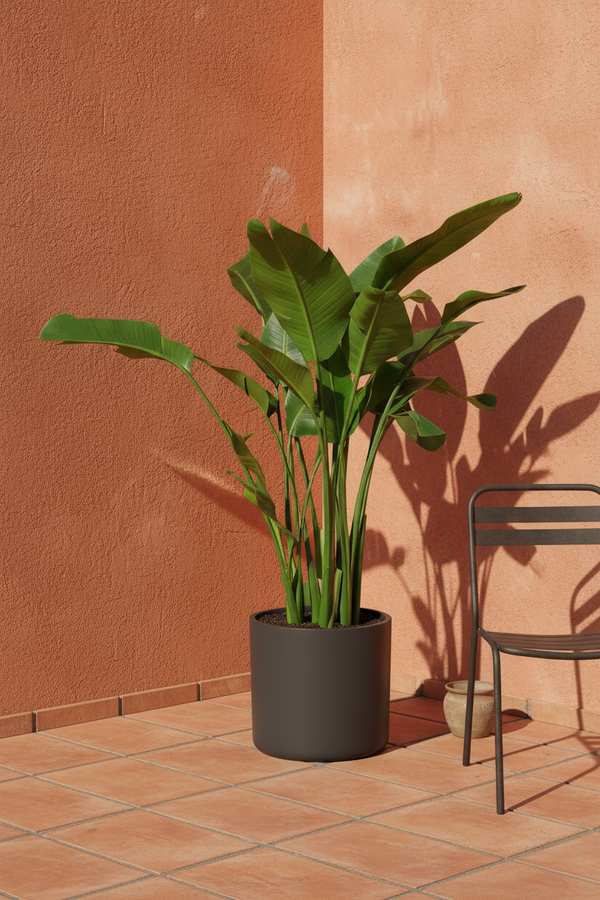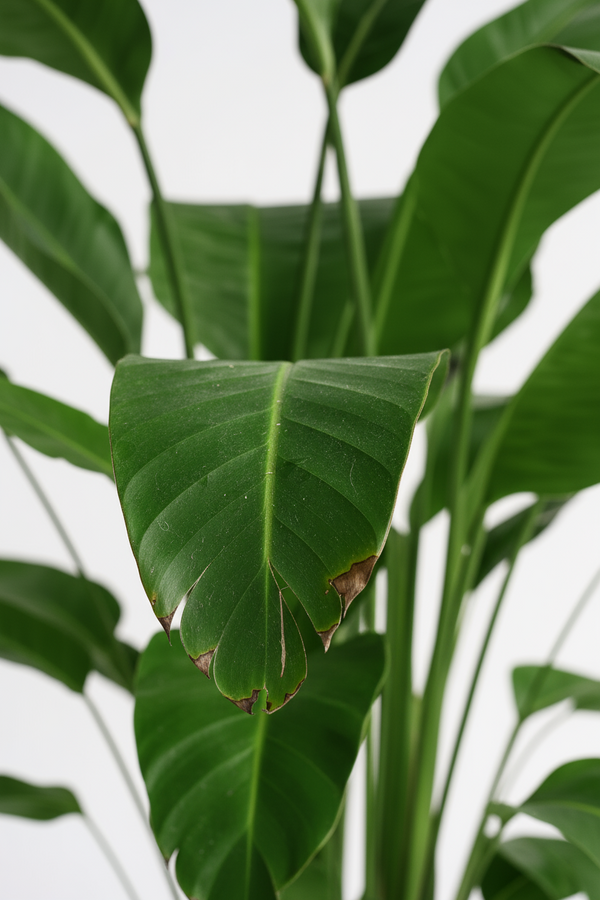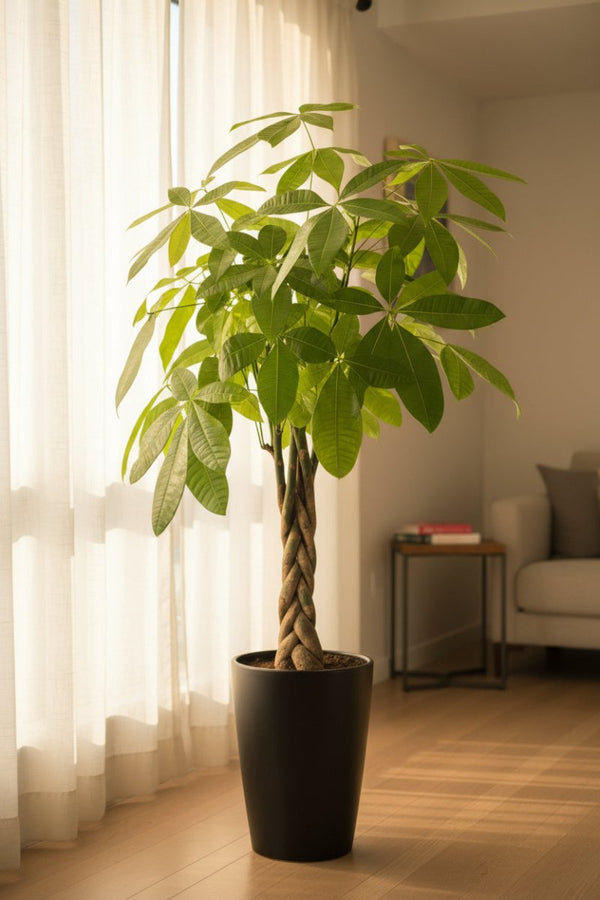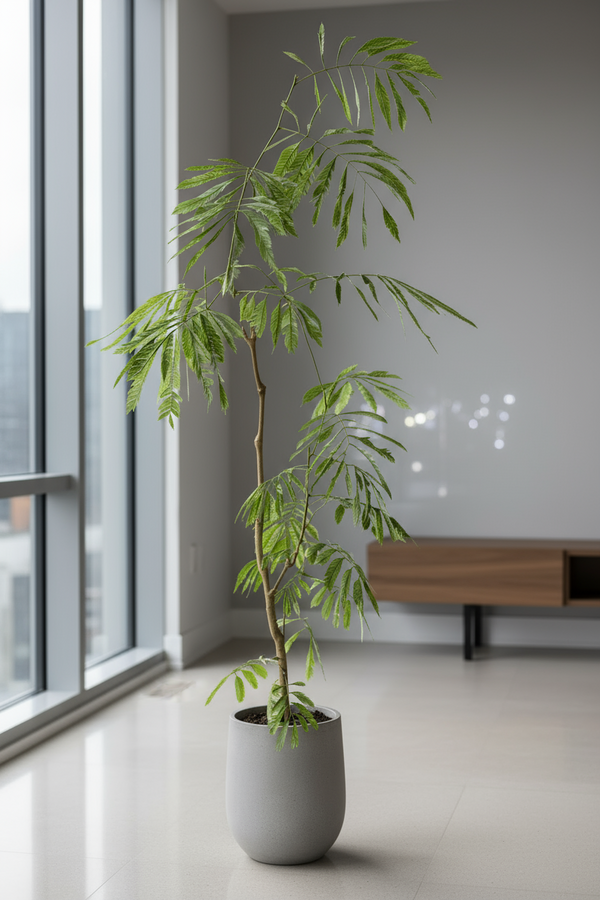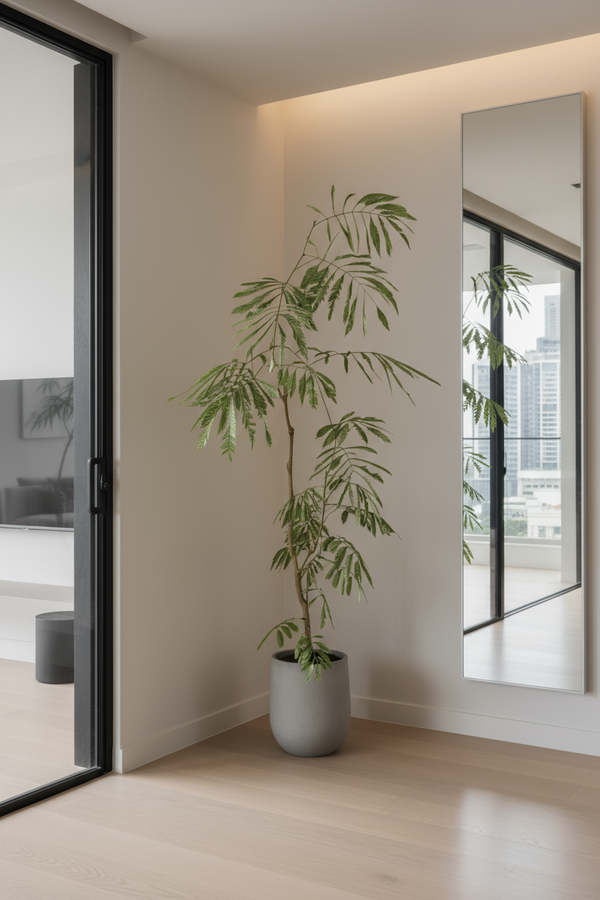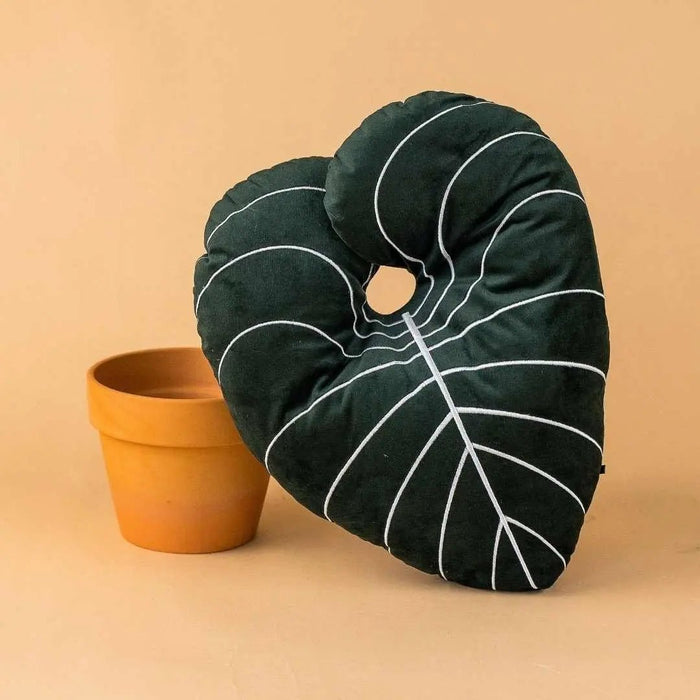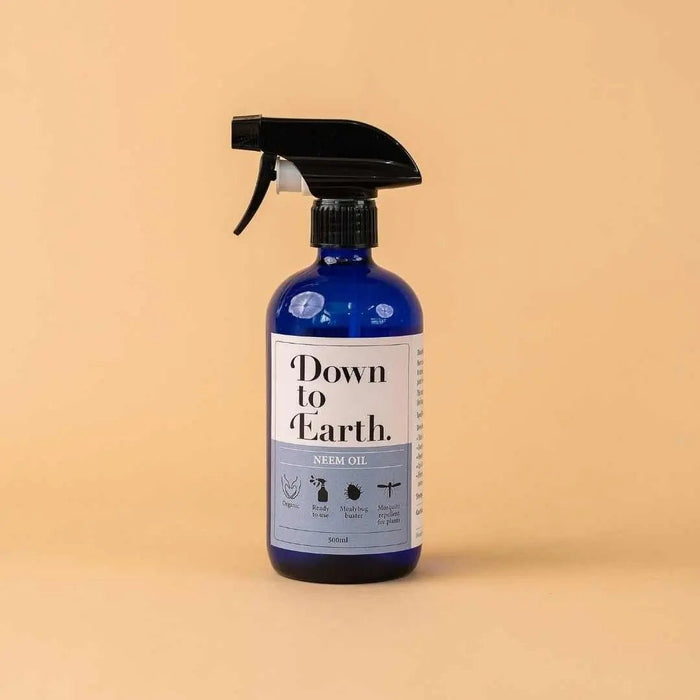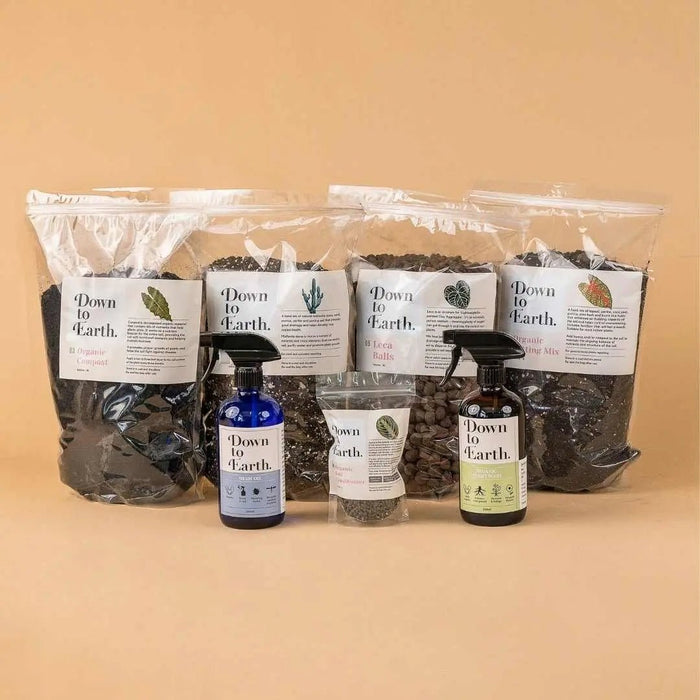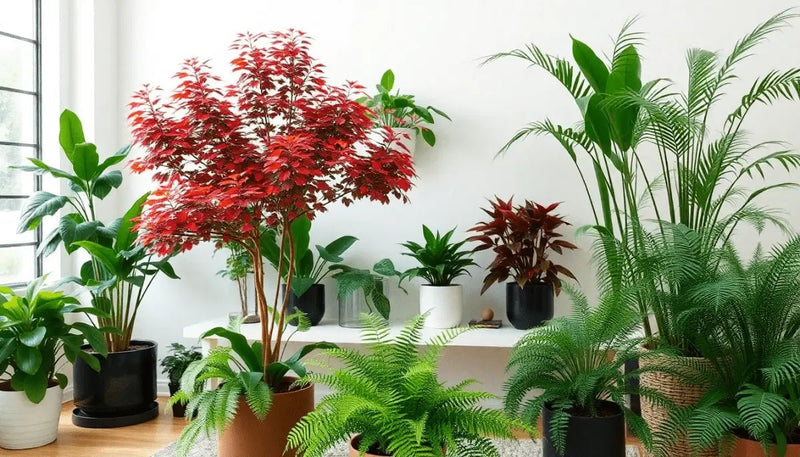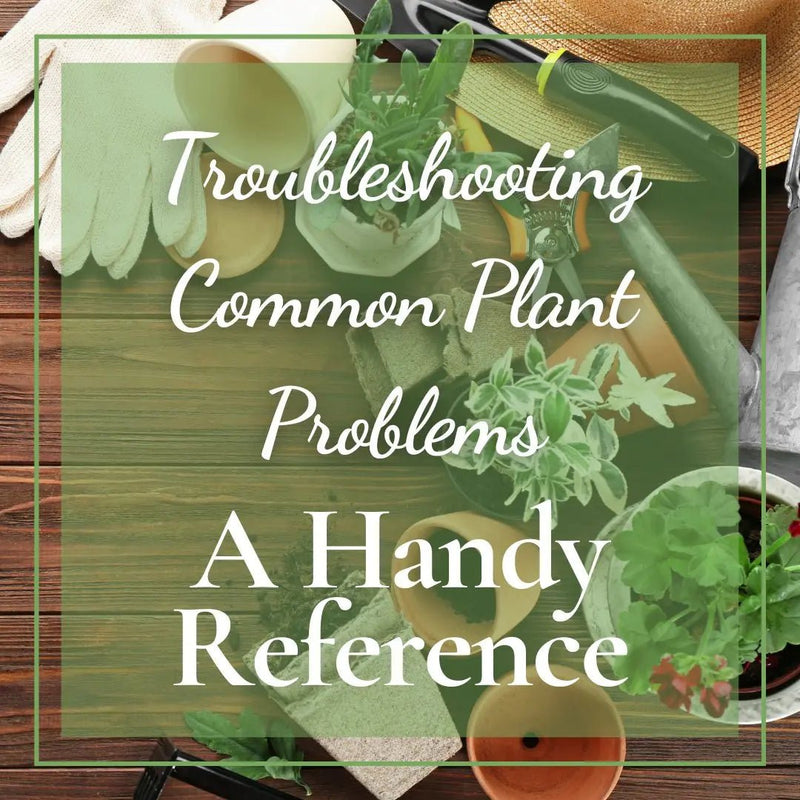Monstera 101: All You Need To Know About These Fascinating Plants
Posted on September 30 2022
What is a Monstera plant and where does it come from?
Monstera plants are native to tropical regions of Mexico, Central America, and South America. Their large, glossy leaves make them a popular choice for indoor and outdoor gardens alike. Monsteras are known for their ability to climb trees and produce aerial roots that help support their weight. There are several different types of Monstera plants, including:
Monstera Adansonii – This species has dark green leaves with white or yellowish-green splotches. It is native to Panama and Colombia. This plant is also known as the Swiss cheese plant due to the holes that develop in its leaves as it matures.
Monstera Deliciosa – This is the most popular type of Monstera plant. It has large, glossy green leaves with white or cream-colored splotches. It is native to Mexico and Panama. The fruit of this plant is edible and has a sweet, pineapple-like flavor.
Monstera Obliqua – This species has dark green, oval-shaped leaves with pointy tips. The Monstera plant is a delicate miniature that is perfect for those with a green thumb and who appreciate rare plants. From planting to blooming, having the appropriate knowledge about the plant will help you take better care of it.

The three main types of Monstera plants can be differentiated by their leaves. Monstera Adansonii has dark green leaves with white or yellowish-green splotches, while Monstera Deliciosa has large, glossy green leaves with white or cream-colored splotches. Monstera Obliqua, on the other hand, has dark green, oval-shaped leaves with pointy tips.
Monsteras are typically grown as houseplants, but can also be found in outdoor gardens in tropical climates. These plants prefer humid environments and require little to moderate amounts of water. Monsteras can be propagated from stem cuttings or by dividing the root ball of an established plant.
If you're looking for a low-maintenance plant that adds a touch of elegance to any space, consider adding a Monstera to your collection!
Monstera plants are relatively easy to care for. They prefer warm, humid environments and should be fertilized monthly during the growing season. Monsteras can be propagated from stem cuttings or aerial roots.
Benefits of having a Monstera plant in your home or office space?
Monstera plants are known to purify the air and help improve indoor air quality. They are also said to boost mood and create a feeling of calmness. Additionally, Monsteras can help reduce noise levels in your home or office. If you're looking for a plant that is both beautiful and beneficial, consider adding a Monstera to your collection!
Tips on incorporating a Monstera plant as a décor?
Monstera plants are very versatile and can be used in a variety of ways to enhance your interior design. Here are a few ideas:
Place a large Monstera plant in a corner of your room to create a tropical oasis.
Hang smaller Monsteras from the ceiling or place them on shelves to create a vertical garden.
Add a pop of color to your space by placing Monsteras in colorful pots or planters.
Use Monstera leaves as wall art by framing them or hanging them on string lights.
No matter how you choose to incorporate them into your décor, Monstera plants are sure to make a statement in any space!
How do you care for a Monstera plant so that it thrives and grows healthy leaves?
The most important thing to remember when caring for a Monstera plant is to never allow the soil to dry out completely. These plants prefer humid environments and should be watered regularly, especially during the warmer months. Additionally, Monsteras should be fertilized monthly during the growing season. If you live in a dry climate, consider misting your plant daily to help increase humidity levels.
Monstera plants are relatively easy to care for, but there are a few things to keep in mind to ensure that your plant thrives. First, always make sure that the soil does not dry out completely. These plants prefer humid environments and will need to be watered regularly, especially during the warmer months. Additionally, Monsteras should be fertilized monthly during the growing season. If you live in a dry climate, consider misting your plant daily to help increase humidity levels. By following these simple care tips, you can ensure that your Monstera plant stays healthy and grows beautiful, lush leaves!
What are some common problems with Monstera plants and how can you prevent them from happening?
One of the most common problems with Monstera plants is that they can become overgrown and need to be trimmed back. If you notice your plant starting to get too big for its space, simply trim back the leaves and stems as needed. Additionally, it's important to keep an eye out for pests such as spider mites and mealybugs, which can cause damage to your plant. Be sure to inspect your plant regularly and treat it with an appropriate insecticide if necessary.
Another common issue with Monsteras is that their leaves can be yellow or brown if they don't have enough moisture. If you notice your plant's leaves beginning to change color, increase the frequency of watering and misting. You may also want to consider adding a humidifier to your space to help raise the humidity levels. Following these simple tips can help prevent common problems with Monstera plants and keep your plant healthy and happy!
How to propagate new Monstera plants from cuttings?
If you're looking to propagate new Monstera plants, the best way to do so is by taking stem cuttings. To take a cutting, simply cut a 6-8 inch section of stem from an existing plant. Make sure that the cutting has at least 2-3 leaves attached and that there are no flowers present. Once you have your cutting, place it in a glass of water and allow it to root for 4-6 weeks. After the roots have developed, you can then transplant the cutting into the soil. Taking stem cuttings is the best way to propagate new Monstera plants. To take a cutting, simply cut a 6-8 inch section of stem from an existing plant.
Buy a Monstera plant online
When buying a Monstera plant online, it's important to consider the size that you need. Monstera plants can range in size from small tabletop plants to large floor plants. Be sure to measure the space where you plan on placing your plant before making your purchase so that you can get the perfect size for your home or office! Tumbleweed Plants offers a great selection of Monstera plants in a variety of sizes to choose from. Choose the perfect planter to complete the look.

